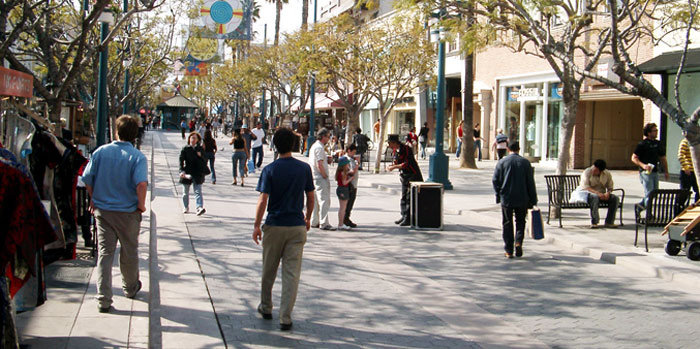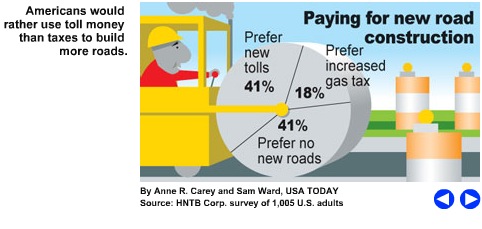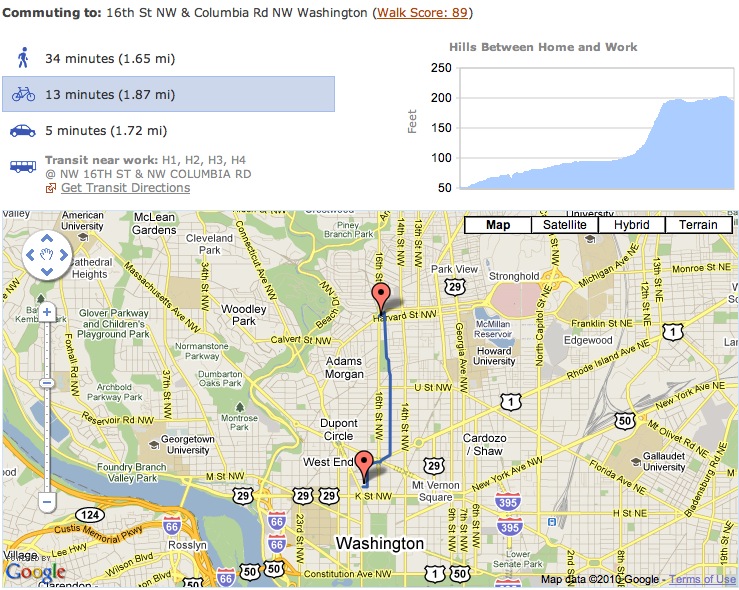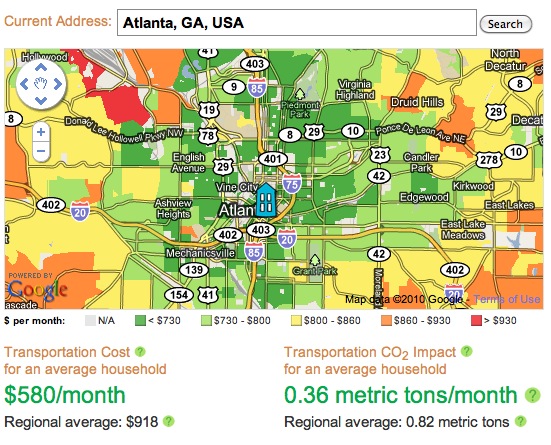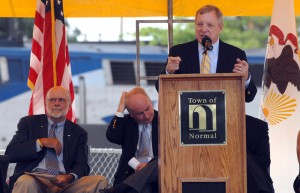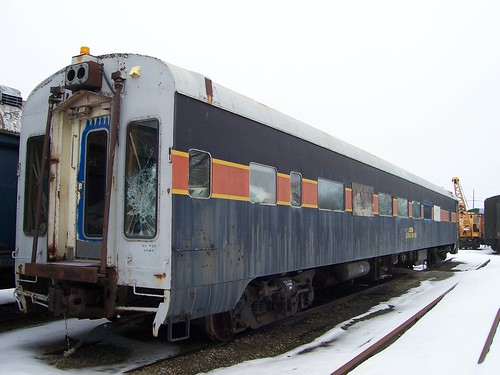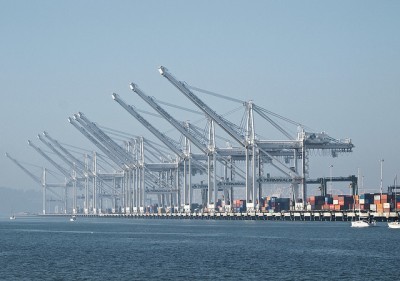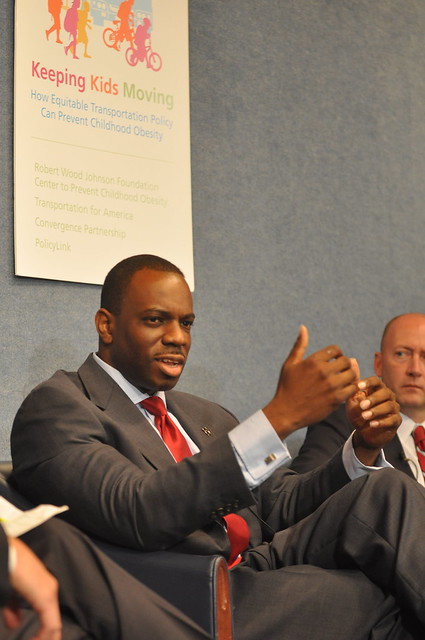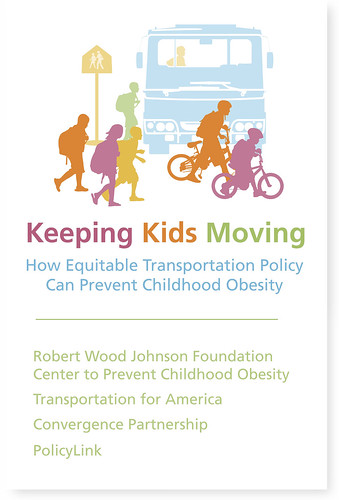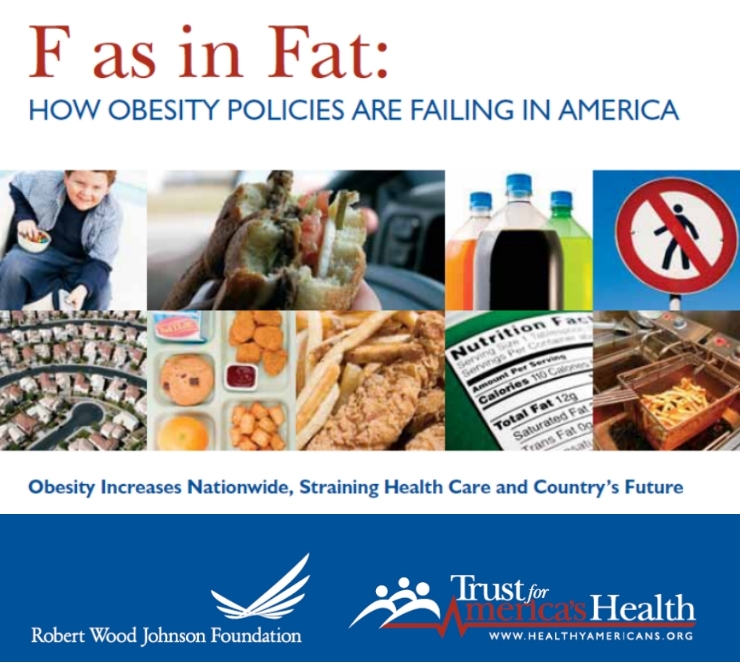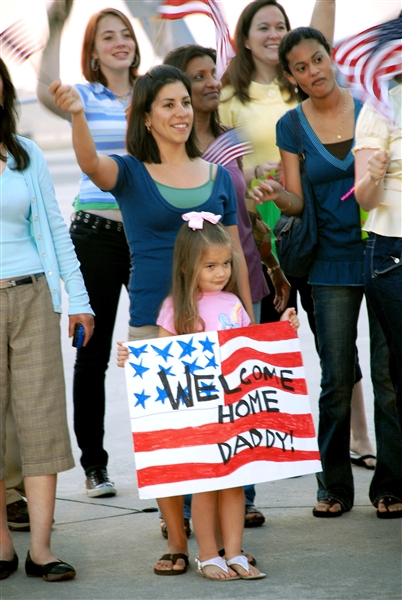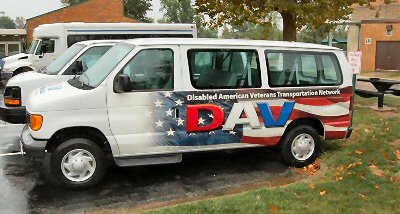When President Obama made his announcement on Labor Day about investing in infrastructure, most media outlets focused in directly on the $50 billion amount that would be spent up front to jumpstart infrastructure investment — something we already noted last week. But he also talked about the need for a reformed long-term transportation reauthorization, the full six-year bill that would provide certainty for job creation and the economy.
Here’s a quote from the release that accompanied the President’s speech:
The President proposes to pair this with a long-term framework to reform and expand our nation’s investment in transportation infrastructure. Since the end of last year, when the last long-term surface transportation legislation expired, these investments have been continued on a temporary basis, even as the trust fund to finance them has fallen into insolvency. If we are to enjoy the benefits that come from a world-class transportation system, Congress must enact a long-term reauthorization that expands and reforms our infrastructure investments and returns the transportation trust fund to solvency.
So the million dollar question has been, when will we see this bill? With Congress unlikely to pass anything of substance between now and the election and an already full docket for the likely lame duck session to follow, what is the administration or USDOT saying about moving a bill forward?
As much progress as has been made by the House transportation committee thus far, introducing a full bill proposal all the way back in July of 2009, both chambers have been waiting for the White House to declare the transportation bill a priority and to put their significant weight behind it. Now it sounds like that day could be just a few months away.
In a meeting with advocates this week, Secretary LaHood said that they have the go-ahead from the White House to move a six year bill in 2011, with a full proposal accompanying the President’s budget request for FY12 in February, according to USDOT sources.
The question remains as to whether or not that will be a full bill, or merely the administration’s principles for a bill, but in either case, this is at least a glimmer of light at the end of the tunnel for our long wait for a transformational transportation bill. Which, we remind you, expired one year ago in just a few days. (See the clock above on our web site.)




